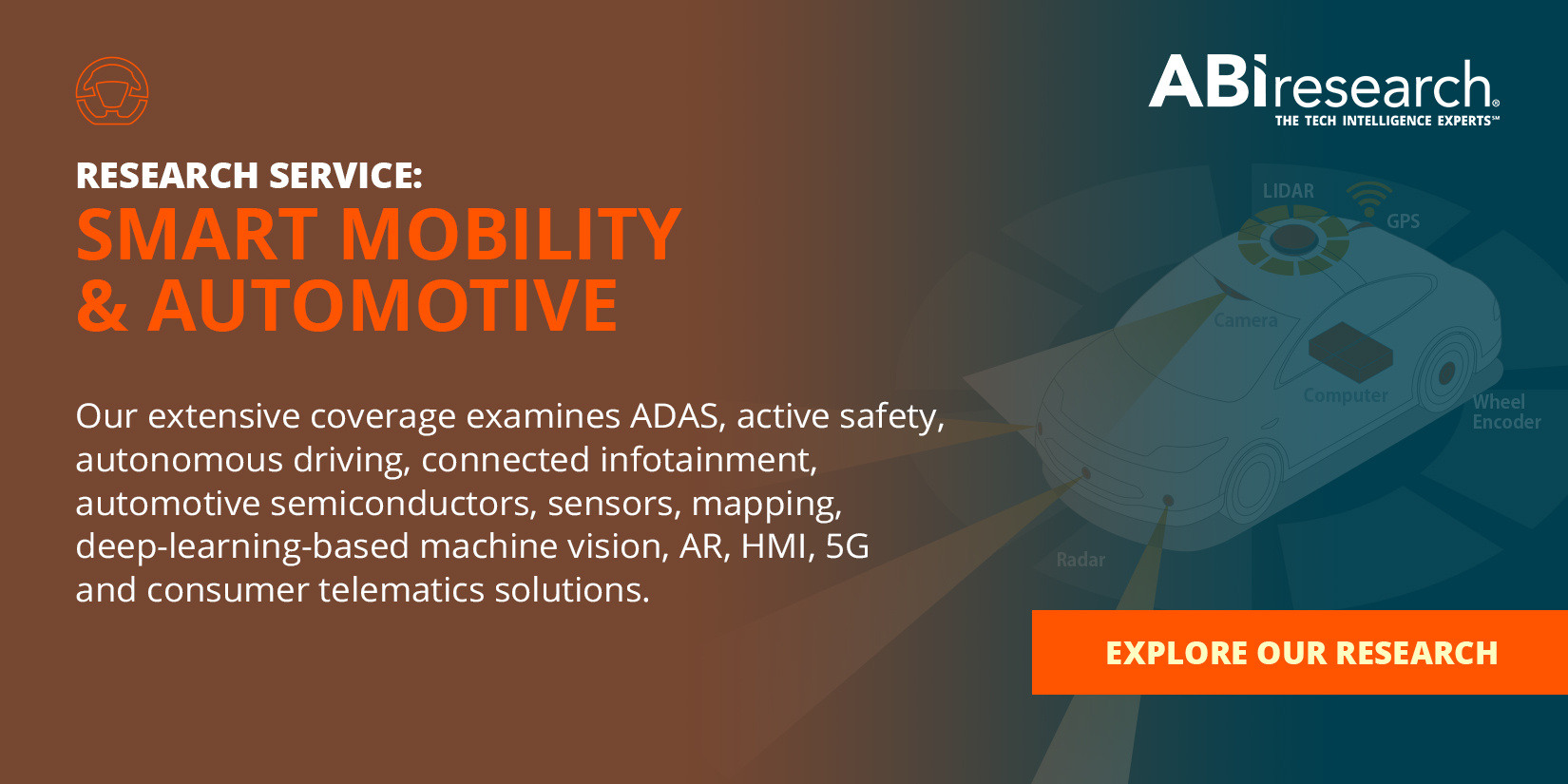For an update, refer to ABI Research's 2024 automotive industry outlook.
From supply chain shortages to heightened inflation and interest rates, automakers have certainly had their work cut out for them. In Western markets, vehicle sales went down in 2022. But in Asia-Pacific, car sales managed to continue on an upward trend, albeit at a modest pace. However, as noted in ABI Research’s Vehicle and Mobility Services and Electric Vehicles market forecasts, 2023 is poised to be more promising for car manufacturers.
And if your company sells Electric Vehicles (EVs), the decline in Internal Combustion Engine (ICE) vehicle sales probably didn’t hurt nearly as badly. Indeed, as will be explained in this overarching outlook of the 2023 automotive industry, EV sales were largely unaffected by the recent troublesome trends.
Automotive Industry Slowdown in 2022
The market for new vehicles continued to struggle into the last quarter of 2022, with a sales decline of -2.2% Year-over-Year (YoY). This sales decline can be attributed to ongoing supply chain constraints and higher car prices, being compounded by a demand crisis driven by severe macroeconomic headwinds. Addressing supply chain shortages has caused a clear slowdown.
Automakers have been forced to increase the price of their vehicles, while soaring price inflation has driven central banks to increase base rates. These moves have made the prospect of financing a new, more expensive car or commercial vehicle more difficult for consumers and enterprises alike.
Regionally speaking, a comparatively poor 2022 car sales performance in North America (-6.7%) and Western Europe (-2.4%) was outweighed by better market performance in Asia-Pacific (+2.7%).
Related Content
What Must the Automotive Industry Do to Make Success of In-Car Advertising?
The Potential of Virtual Reality Gaming in Vehicles
Overall Vehicle Sales Will Inch Closer to a Rebound in 2023
With most carmakers and many of their suppliers now reporting that their production capacity is either no longer constrained by semiconductor shortages, or that shortages will be overcome in early 2023, overall vehicle sales figures are trending upward—expected to reach 85.5 million shipments globally by the end of the year.
As the macroeconomic outlook worsens for the automotive industry, a modest return to growth is expected for new consumer and commercial vehicle sales in the next two years. ABI Research forecasts global vehicle sales growth of 5.1% in 2023, and 3.6% in 2024. Moreover, automakers can expect sales to return to the 90 million+ highwater mark in 2025.
As for regional vehicle sales growth, things are forecast to be far more favorable to automakers in 2023. North America’s sales volume will grow by 6%, Western Europe by 6.2%, and Asia-Pacific by 4.3%.
Consumer Electric Vehicle Sales Have Proven Resilient
While the automotive industry as a whole has continued to struggle, the consumer Electric Vehicle (EV) market (including Plug-in Hybrid Electric Vehicles (PHEVs)) has delivered a stellar performance. Compared to 2021, electric vehicle sales grew by a forecast of 60.7% worldwide (10.7 million EV sales) in 2022.
For 2023, that trend will continue, albeit at a slower pace. EV shipments are expected to grow at a 17.8% YoY rate, reaching 12.7 million shipments by the year's end. Furthermore, that makes the consumer EV market in 2023 nearly 4X larger than it was in 2020.
Consistent growth in excess of the total automotive market has driven electric powertrains to account for an anticipated 17.6% of total consumer vehicle sales in 2023—up from 15.7% last year.
As our analysts recently reported, the largest regional market for electric vehicles in 2023 will be Asia-Pacific (7.8 million EV sales), followed by Western Europe (3.1 million EV sales), and North America (1.4 million EV sales).
Technological evolution and supply chain advantages are the main reasons why EV sales have prevailed, despite the larger automotive industry struggling recently. More specifically, the following trends have helped create a shield around EV automakers:
- Improvements in EV battery density
- Longer driving ranges for electric vehicles
- Growing availability of EV models in higher-volume vehicle segments
- EVs usually don’t need larger process node/legacy technologies that can delay manufacturing completion and shipment
- Being high-margin models, EVs typically receive priority access to components that are in short supply
For EV adoption to take off even further, the automotive industry must continue investing in public charging infrastructure and forward-looking technology like Vehicle-to-Grid (V2G) solutions.
For more market forecasts on the automotive industry, head over to ABI Research's Smart Mobility & Automotive research service page.


